
Sodium cyanide, a highly toxic chemical, is widely used in various industries, most notably in mining for gold extraction. However, its use raises serious environmental concerns due to its extreme toxicity and potential to contaminate water and soil if not properly managed.
Toxicity of Cyanide
Cyanide is extremely poisonous to most living organisms. Even in small amounts, it can disrupt the normal functioning of cells by inhibiting the process of cellular respiration. Aquatic life is particularly vulnerable. When cyanide enters water bodies, it can quickly kill fish and other aquatic organisms, severely disrupting the delicate balance of aquatic ecosystems. Microorganisms that play crucial roles in nutrient cycling and maintaining water quality are also affected, leading to long - term damage to the entire aquatic environment.
Water Pollution
In industrial and mining operations, improper handling and disposal of sodium cyanide can lead to significant water pollution. Cyanide - containing wastewaters may be discharged directly or seep into nearby water sources. Once in rivers, lakes, or groundwater, cyanide can remain in the environment for a long time. It not only endangers the lives of aquatic species but also poses a threat to human health. If contaminated water is used for drinking or irrigation, it can cause cyanide to enter the human body, leading to a range of health problems, from headaches and dizziness to more severe symptoms such as respiratory failure.
Soil Pollution
Cyanide can also contaminate soil. In mining areas, tailings containing cyanide can leach into the surrounding soil. This affects soil quality, inhibiting the growth of plants. The presence of cyanide in soil can disrupt the symbiotic relationships between plants and soil microorganisms, reducing the soil's ability to support healthy plant growth. As a result, vegetation cover may decline, leading to soil erosion and further environmental degradation.
Mitigating the Risks
To address these environmental issues, strict regulations and better management practices are essential. Industries that use Sodium Cyanide must implement proper waste treatment processes to remove cyanide from wastewater before discharge. In mining, the use of alternative extraction methods that are less harmful to the environment should be explored. Additionally, continuous monitoring of water and soil quality in areas where Sodium cyanide is used is necessary to detect and prevent pollution incidents.
In conclusion, the environmental risks associated with sodium cyanide are significant. It is crucial for industries, governments, and society as a whole to take proactive steps to minimize the use and environmental impact of this toxic chemical.
- Random Content
- Hot content
- Hot review content
- Toxicity Assessment of Sodium Cyanide and Relevant Hazard Prevention Measures
- 31%-36% HCl/Industrial Grade Hydrochloric Acid
- Flexible Customer and Supplier Relations Specialist (Location: Nigeria)
- Unlocking the Power of Mineral Processing Chemicals: Enhancing Efficiency and Sustainability
- Sodium Isopropyl Xanthate 90% SIPX
- Sodium Sulfide Industry Grade 60% 30ppm/150ppm Yellow/ Red Flakes Na2s
- Triethanolamine(TEA)
- 1Discounted Sodium Cyanide (CAS: 143-33-9) for Mining - High Quality & Competitive Pricing
- 2Sodium Cyanide 98% CAS 143-33-9 gold dressing agent Essential for Mining and Chemical Industries
- 3Sodium Cyanide 98%+ CAS 143-33-9
- 4Anhydrous Oxalic acid 99.6% Industrial Grade
- 5Oxalic acid for mining 99.6%
- 6Soda Ash Dense / Light 99.2% Sodium Carbonate Washing Soda
- 7Reagent Grade/Industrial Grade Hydrochloric Acid min.31%
- 1Sodium Cyanide 98% CAS 143-33-9 gold dressing agent Essential for Mining and Chemical Industries
- 2High Quality 99% Purity of Cyanuric chloride ISO 9001:2005 REACH Verified Producer
- 3 High-Quality Sodium Cyanide for Leaching
- 4Powdery emulsion explosive
- 5Industry Grade Electron grade 98% Sulfuric Acid H2SO4 Sulphuric Acid Battery Acid Industrial Sulfuric Acid
- 6Colloidal emulsion explosive
- 7sodium hydrosulfide 70% flakes used Mining Industry


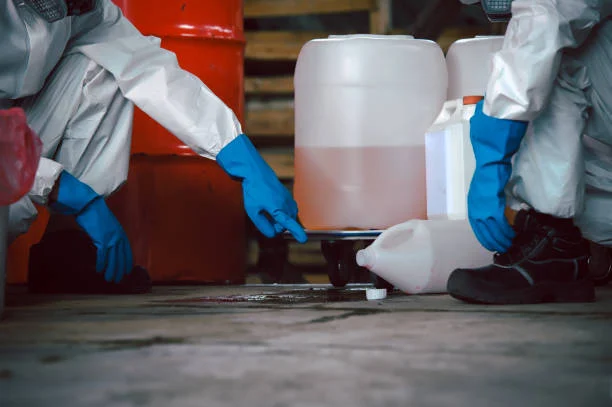
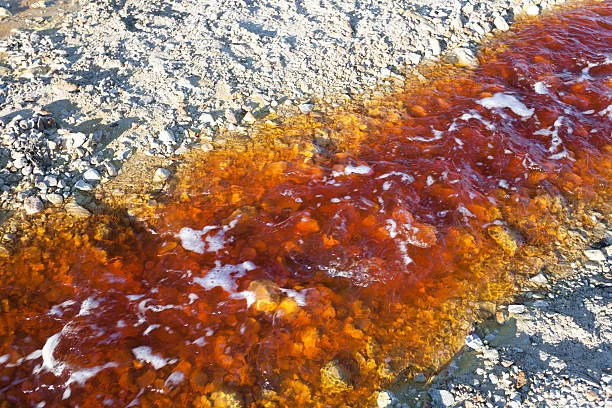

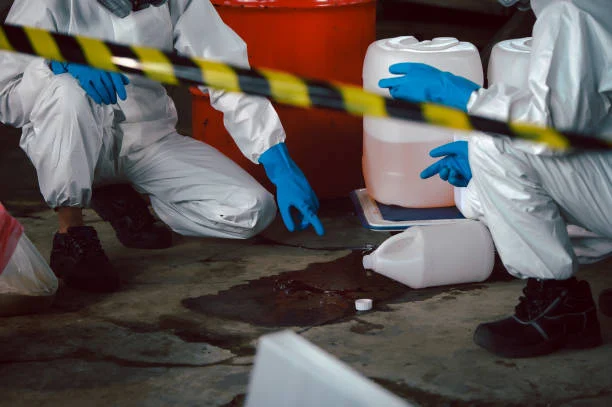

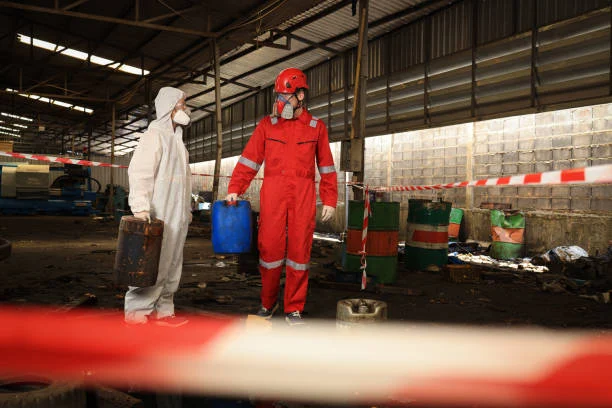

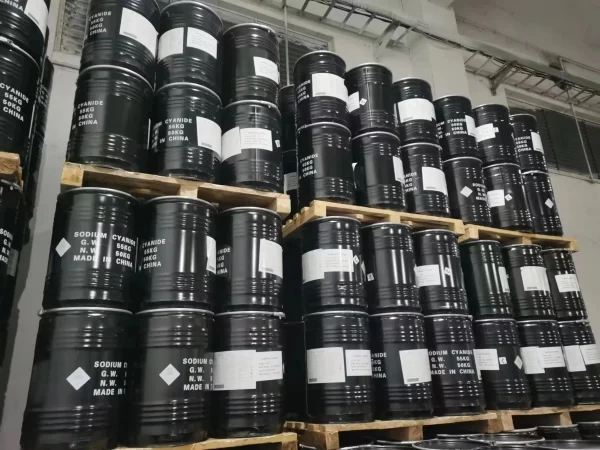


Online message consultation
Add comment: